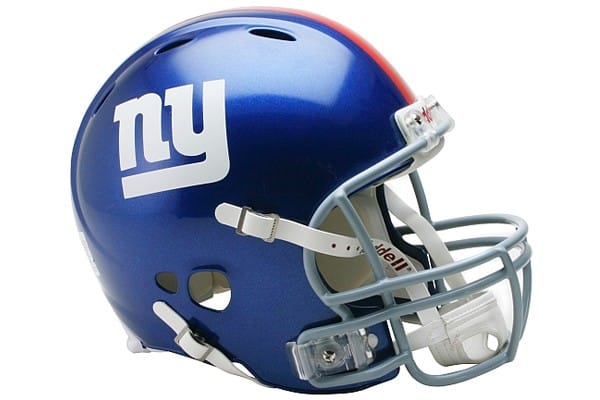The NY Giants Use GPS Devices On Football Players During Practices
During Practices The NY Giants Use GPS Devices On Football Players
New York Giants coach, Tom Coughlin, is the NFL’s oldest coach at 67 years old; however, he has created a culture that is more modern than most. His cutting-edge thinking has transformed normal practices to include GPS devices and heat breaks.
While the Giant’s practice facility and stadium is younger than most, it is filled with banners and memorabilia from as far back as 1925, the team’s inception. In 1970, Coughlin began his career before people were too concerned about soft-tissue injuries and hydration. Now, Coughlin is on the forefront of global-positioning devices in football.
He outfitted his players with GPS devices on the back of their uniforms. These units can provide valuable information such as burst, running miles, running time and speed. Coughlin gets all kinds of important data on each player every single day they practice.
Although the Giants are in the second year of the GPS program, the team is hesitant to discuss it in specifics. Most likely, the do not want to give away any of their training secrets.
However, the players are extremely willing to talk about the use of the GPS devices aimed at preventing injuries and measuring recovery. For instance, Charles Brown stated that he had never used the GPS device on any other team but he likes it. It helps him monitor his progress, the angles he runs and speed.
Coughlin stated that the GPS data can be used in many ways. It can help the coaches accurately structure the practices. For example, it can help them determine when to cut down on reps or when extra stretching is necessary. The players even use the GPS data as a form of competition with other players. They look at their teammates to determine who had the most burst, top speed or highest workload. The Giants have found that using GPS devices has been a definite game changer that they are still mastering.
